-
Website chỉ bán hàng online từ tháng 8/2024 - Giao hàng toàn quốc
- sachonthidh@gmail.com
- 32%
‹
›
Euclidean Geometry in Mathematical Olympiads (Maa Problem) - Evan Chen (2016)
Mã sản phẩm: Đang cập nhật170,000 ₫
250,000 ₫
Số lượng
1
Giao hàng và Khuyến mãi
Hỗ trợ tư vấn sách, tìm sách, xem chi tiết đơn hàng, thay đổi thông tin, thanh toán online QR code qua kênh facebook ICTBook Nhà Sách Lập Trình Chat với CSKH ấn vào đây
Được kiểm tra hàng khi giao hàng. Thời gian vận chuyển miền Bắc 2-3 ngày, miền Nam 3-5 ngày. Chuẩn bị hàng trung bình 1 ngày.
Chú ý: Đơn hàng được giao bởi hãng vận chuyển Shopee Express, bưu tá giao hàng chung với các đơn trên sàn shopee. Khi nhận hàng quý khách kiểm tra trên nhãn vận đơn shop đã ghi chi tiết sản phẩm
- Nếu khách đăng nhập tài khoản trên website này thì có thể tự quản lý các đơn đã mua, xem chi tiết đơn. Nếu khách vãng lai không đăng nhập thì sau khi đặt hàng chỉ tra cứu được mã hóa đơn và tổng tiền, khách vãng lai cần xem chi tiết đơn thì nhắn tin qua Facebook.
- Sản phẩm là CÒN HÀNG nếu có hiển thị 2 nút "MUA NGAY" và "THÊM VÀO GIỎ HÀNG" tại trang này. Sản phẩm hết hàng, không hiển thị nút đặt hàng =>Nếu còn hàng vui lòng không hỏi lại nhân viên, nếu hết hàng hãy liên hệ Chat với shop.
- Cách đặt hàng: nhấn THÊM VÀO GIỎ HÀNG rồi tiếp tục lựa chọn các sách khác, chọn sách xong vào Giỏ hàng và điền thông tin Đặt hàng. Điền đủ các thông tin người nhận, chọn phương thức thanh toán và kiểm tra kĩ tổng số lượng, phí ship.
- Tra cứu tại mục Tra cứu đơn hàng. Khi cần hỗ trợ gấp gọi ĐT hoặc nhắn tin facebook phía cuối trang web
Mô tả sản phẩm
Product details
- Publisher : American Mathematical Society (October 31, 2016)
- Language : English
- Paperback : 311 pages
- ISBN-10 : 0883858398
- ISBN-13 : 978-0883858394
- Item Weight : 1.28 pounds
- Dimensions : 7 x 0.75 x 9.75 inches


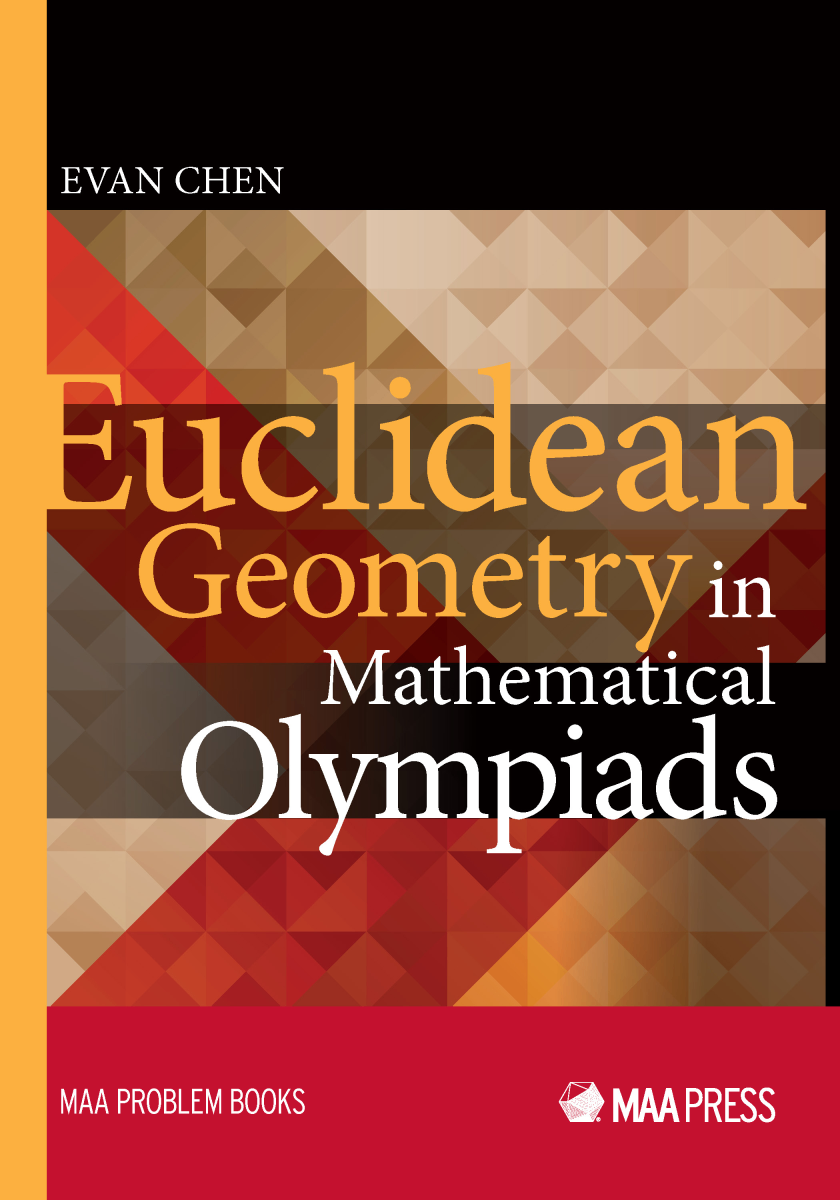




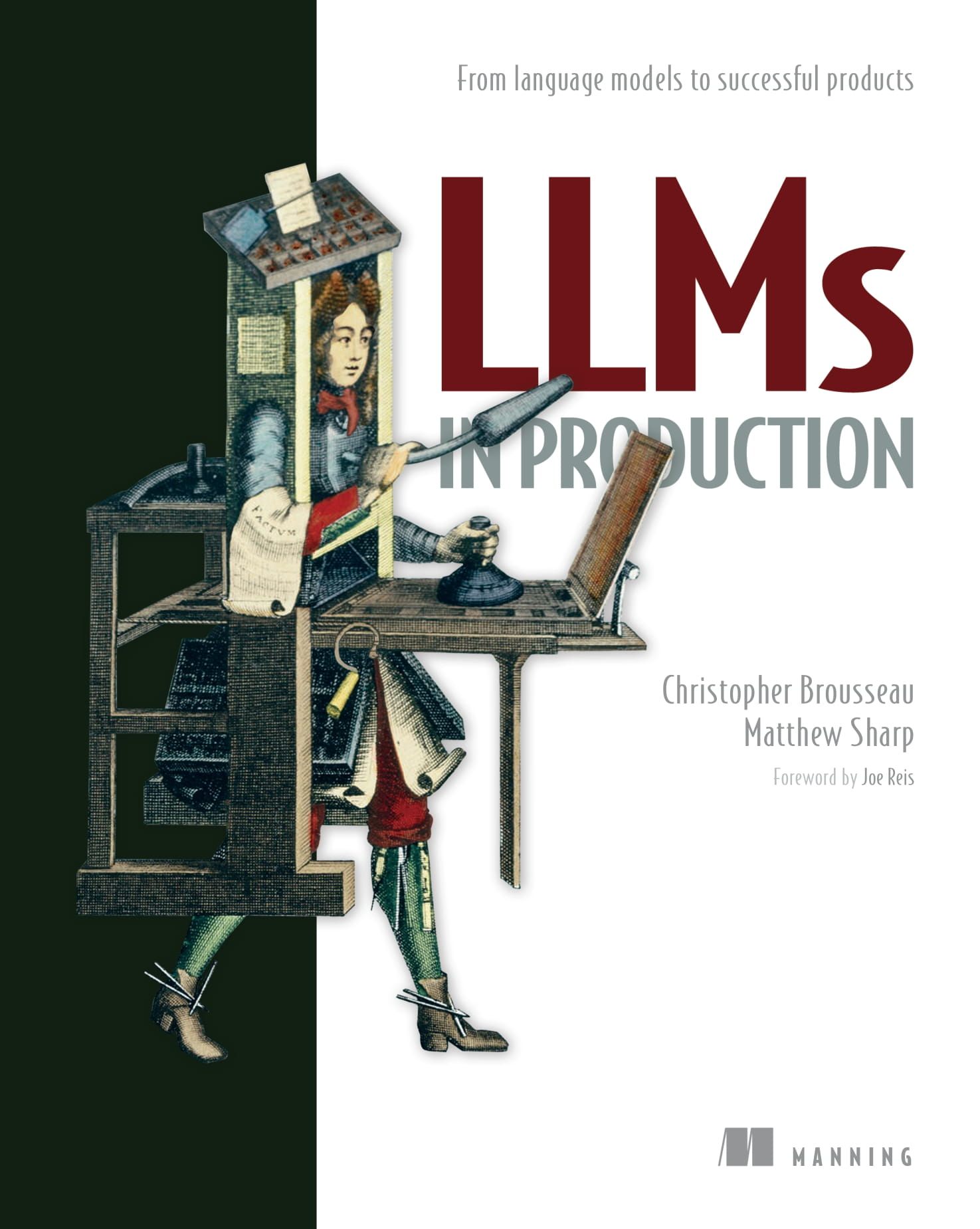
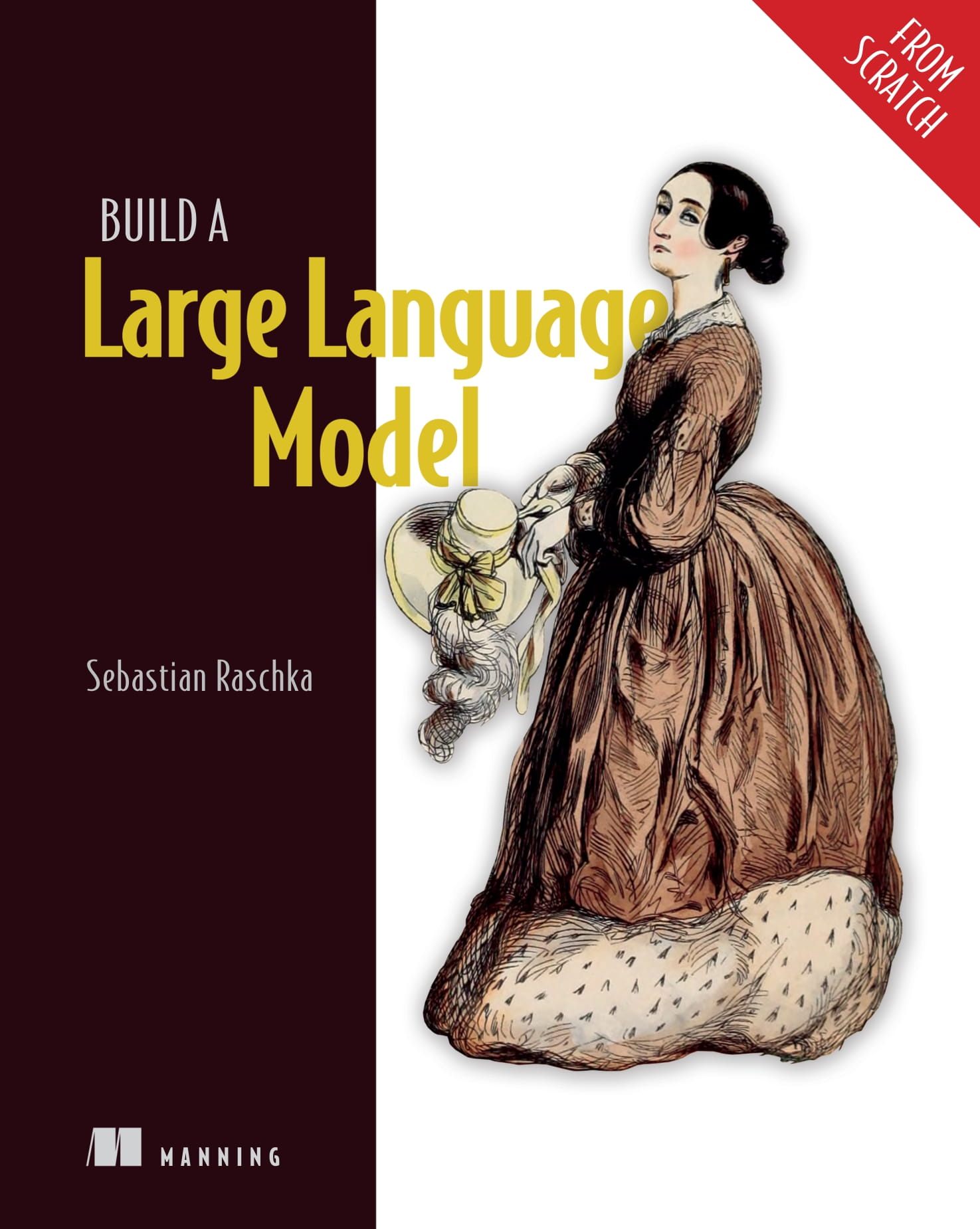
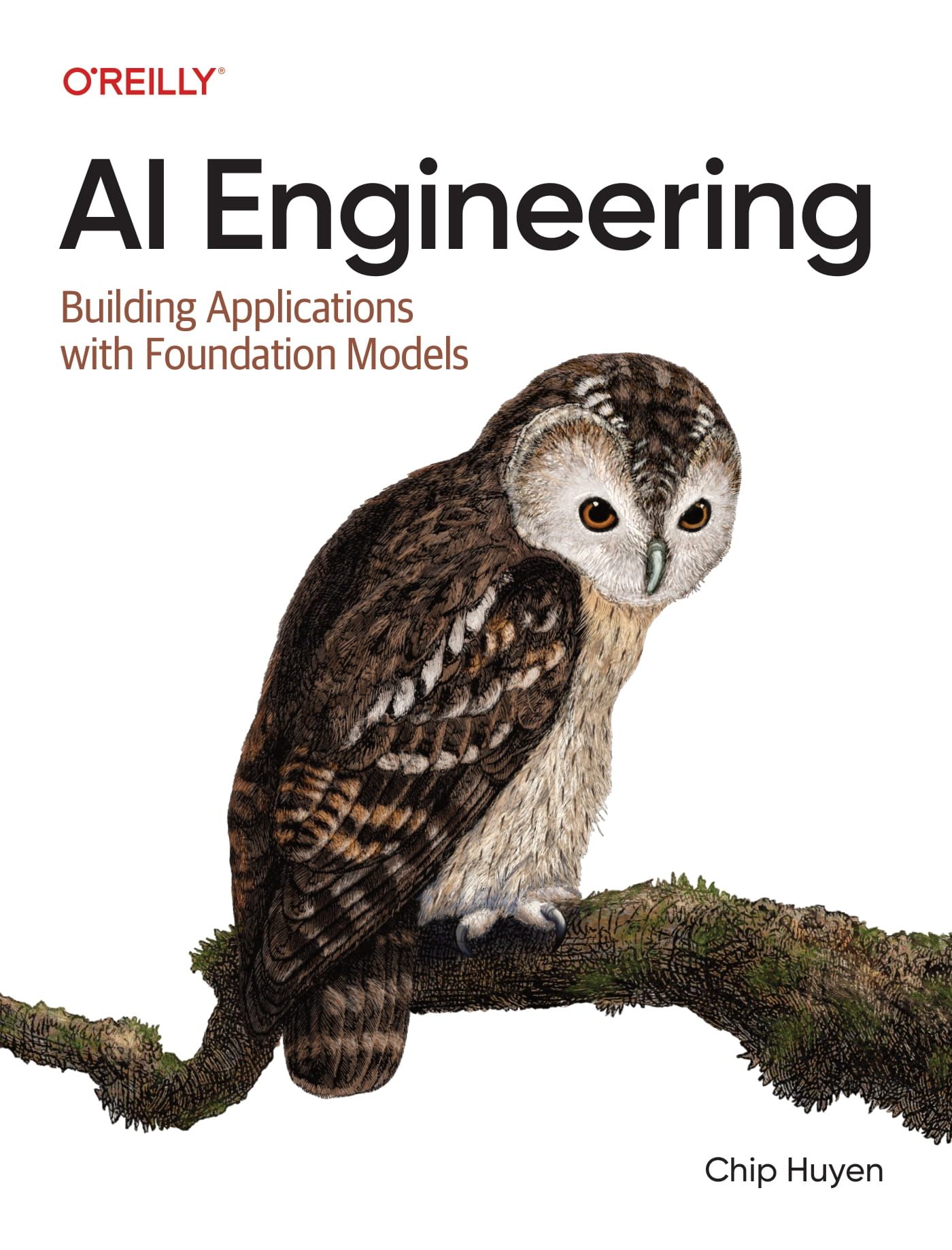
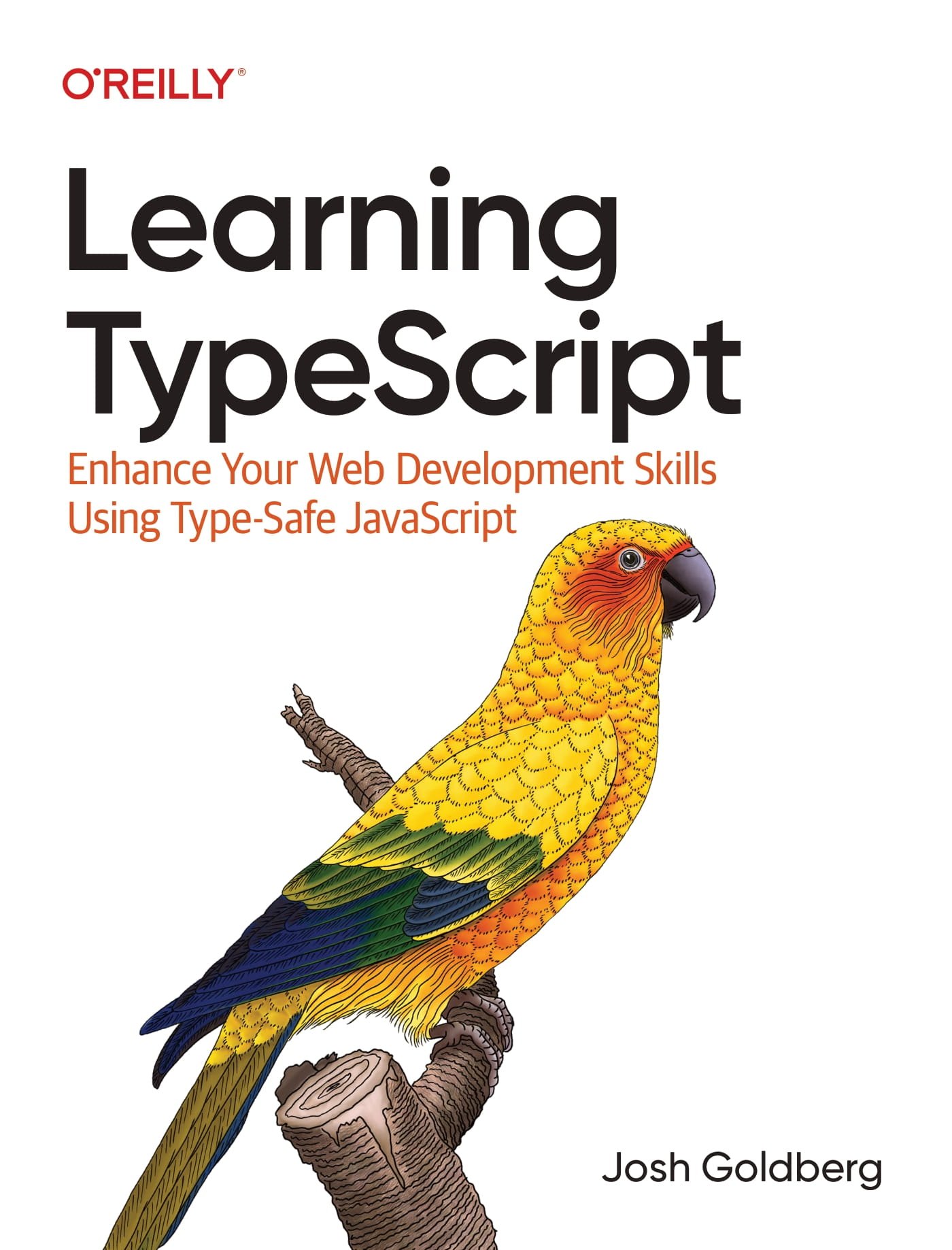
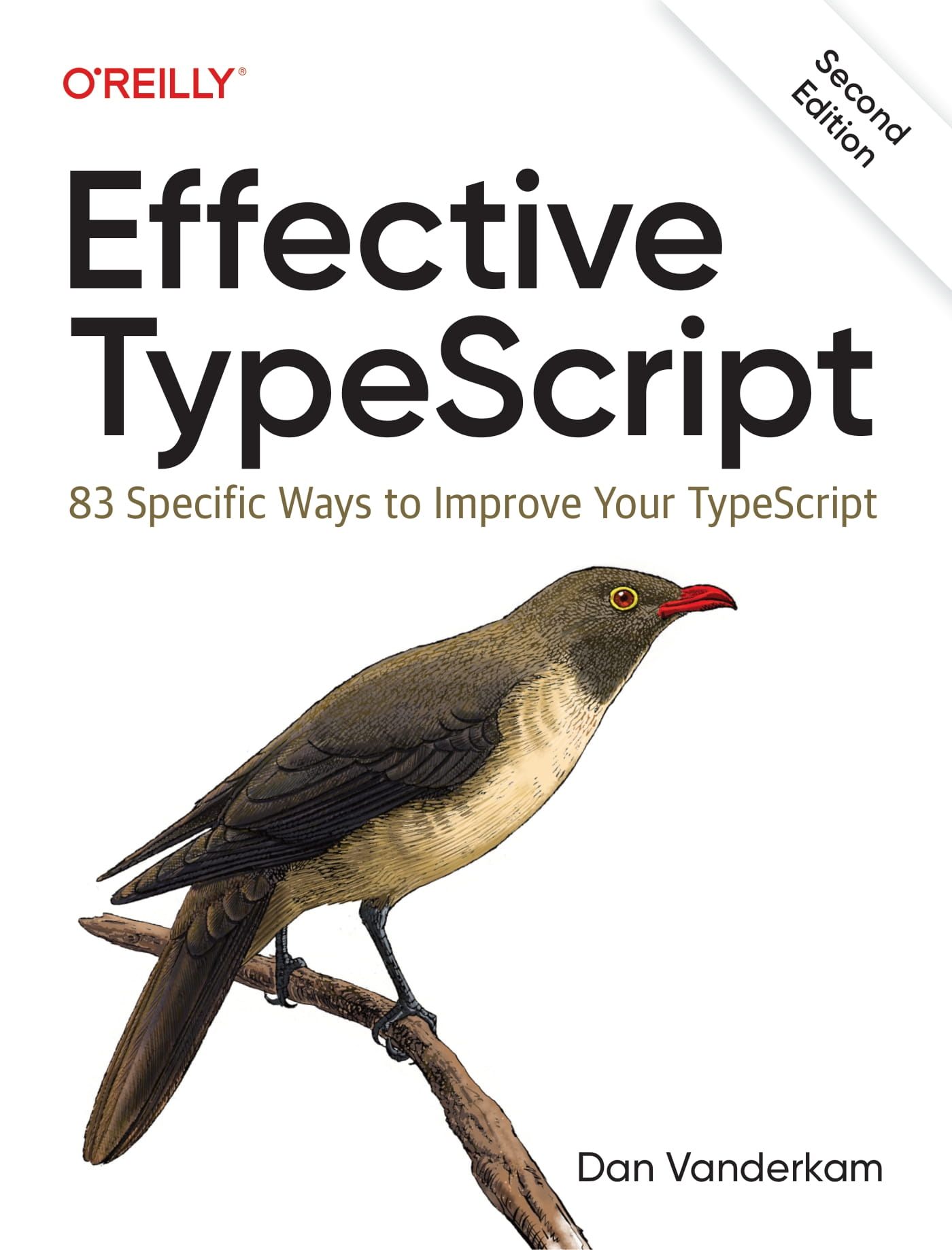

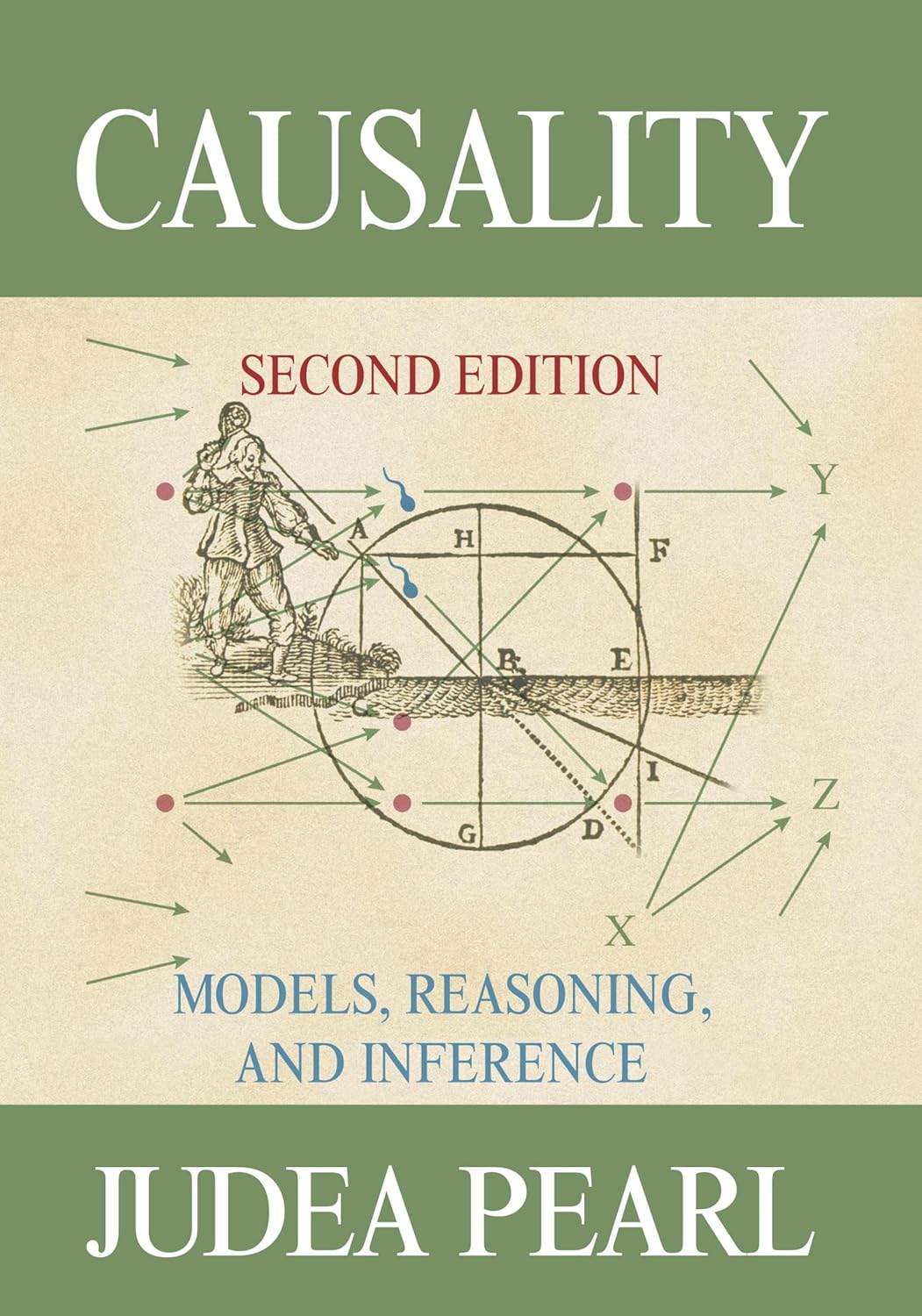
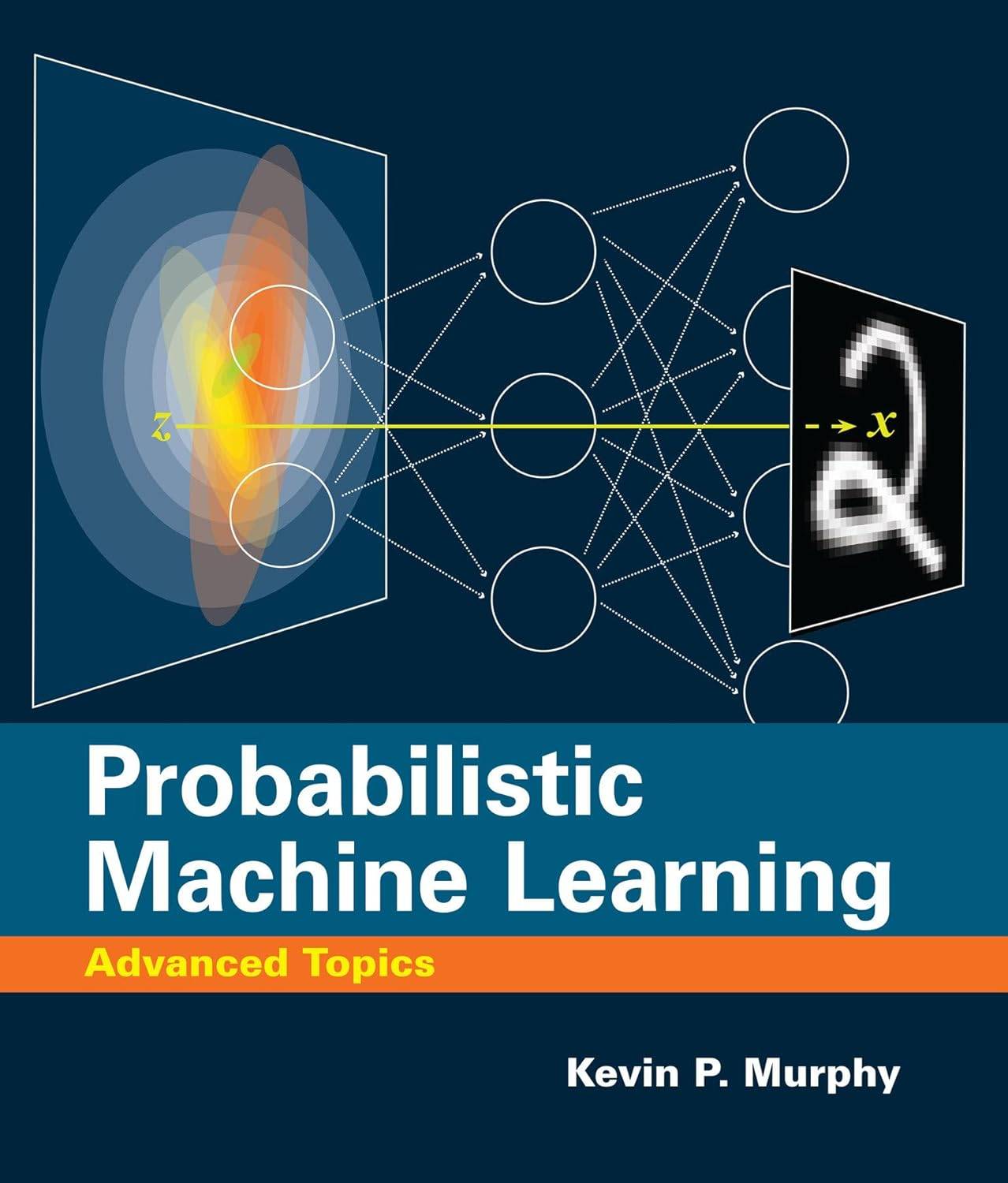
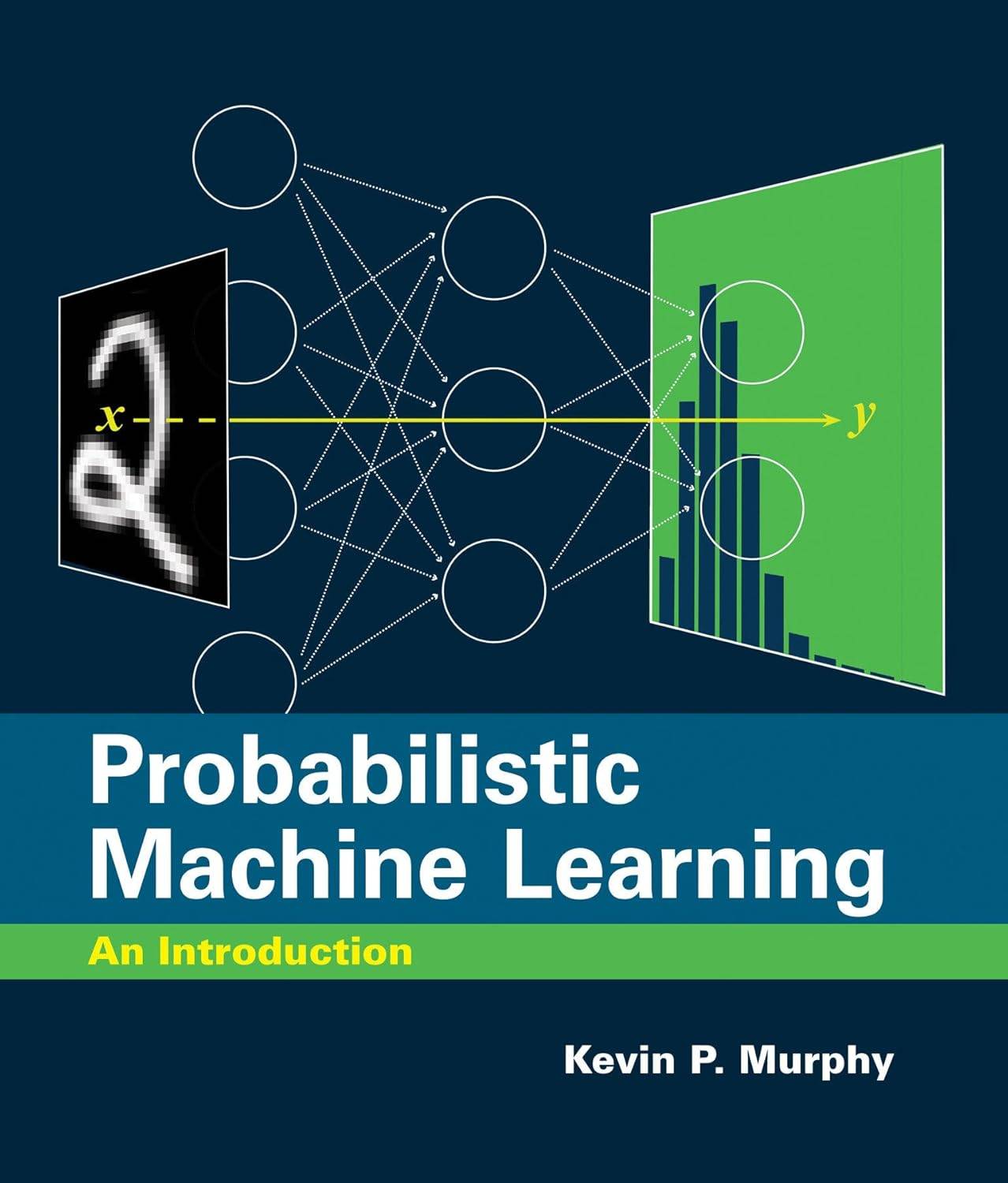

Nhận xét đánh giá